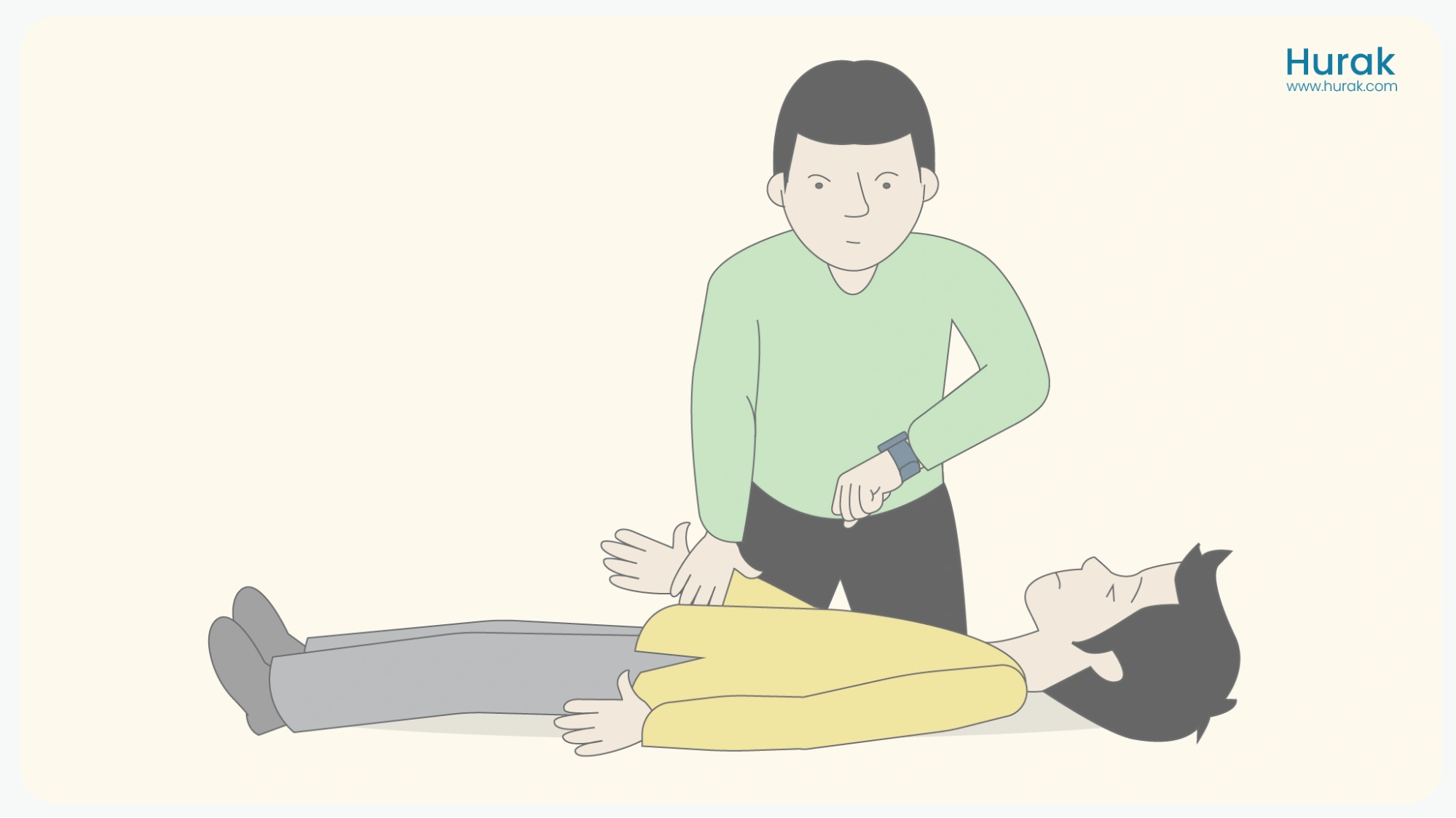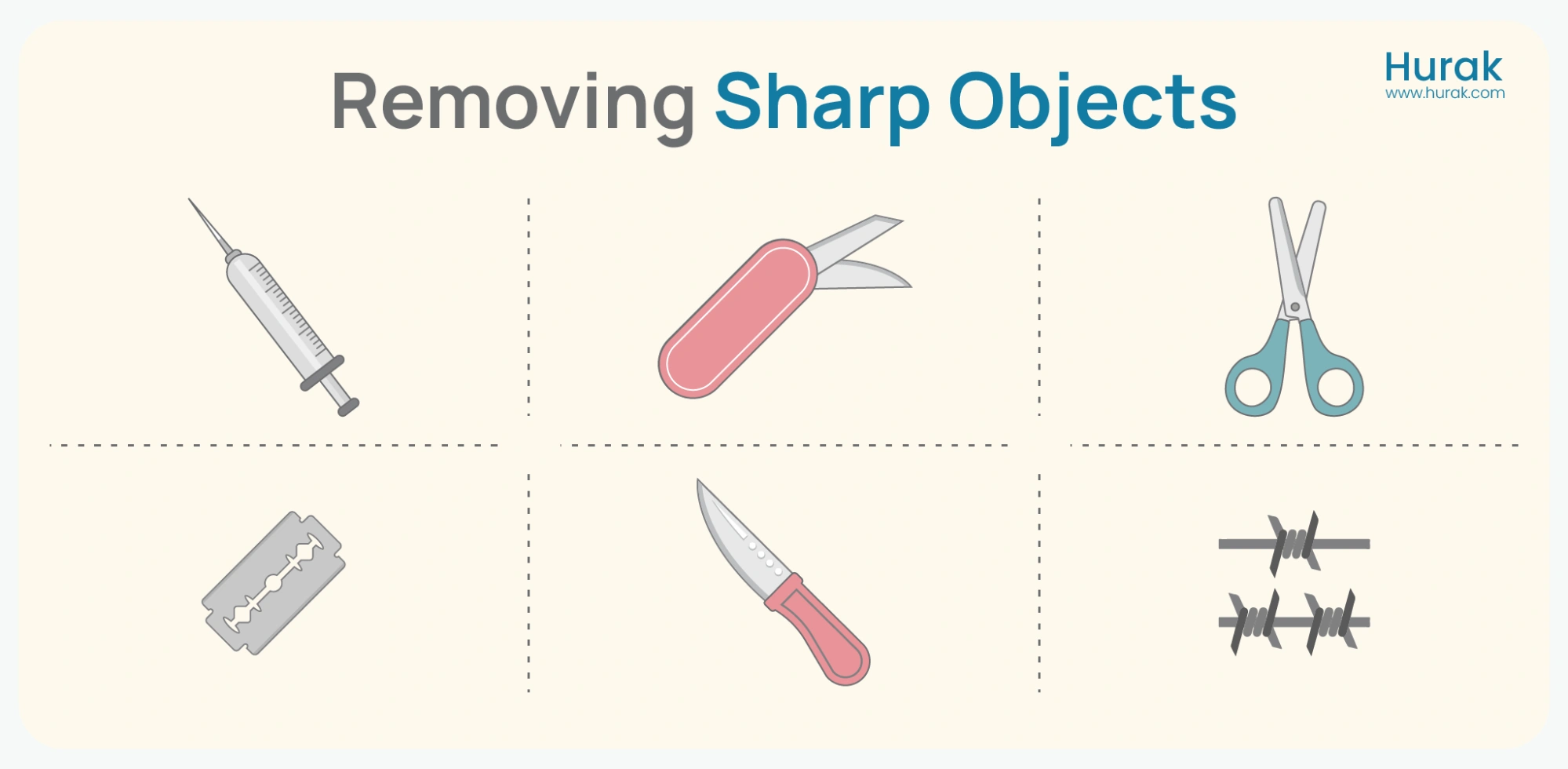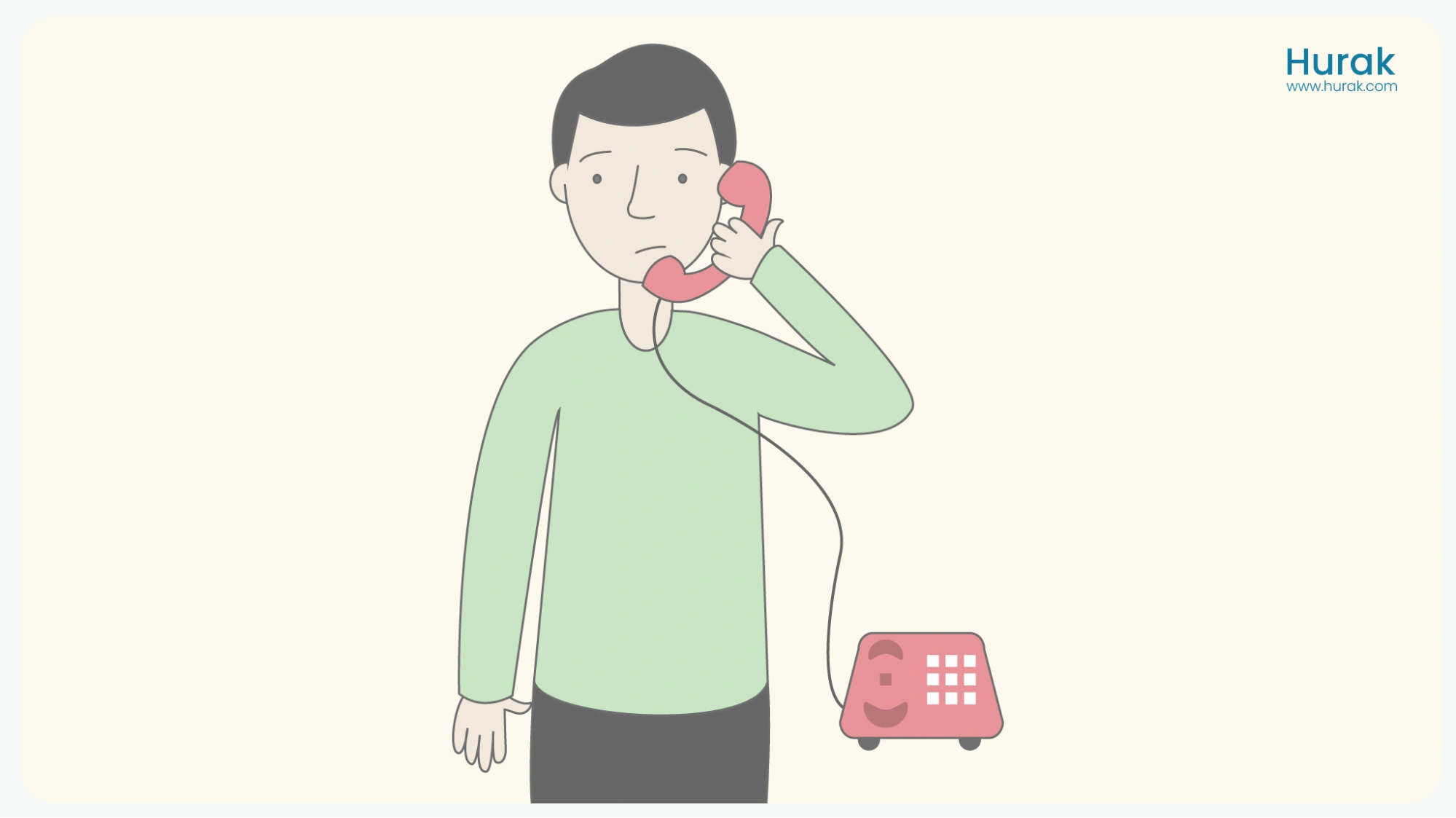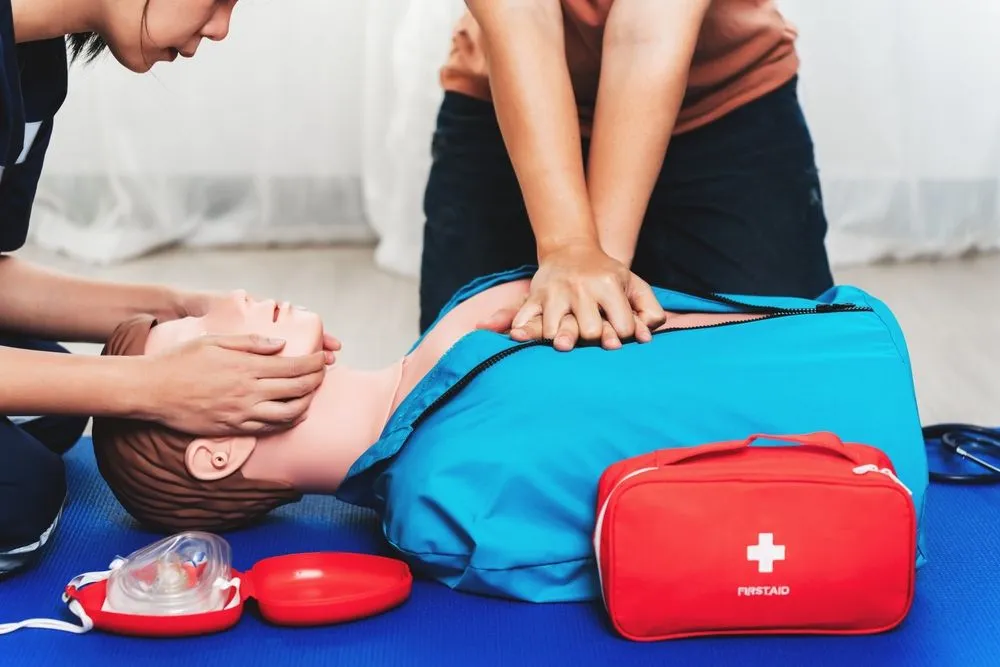Epilepsy affects millions worldwide, and understanding seizure first aid is important in helping someone during a seizure. The “Three S’s” of seizure management—Stay, Safe, Side—offer simple, actionable steps to provide practical assistance.
Stay: Be Present, Be Calm During First Aid Seizure Management
The first rule of seizure first aid is to stay with the person throughout the episode. Your presence is important for their safety and comfort.
Why Stay?
Being present during a seizure ensures that the person is not left alone in a vulnerable moment and allows for careful observation of the seizure’s duration and type, which can provide valuable information to medical professionals.
How to Stay?
Check for a medical ID: Some individuals with epilepsy wear bracelets or carry cards identifying their condition and providing treatment details.
Time the seizure: Use a timer or watch to monitor how long the seizure lasts. Most seizures are brief, lasting seconds to a few minutes, but a seizure lasting five minutes or more is a medical emergency.
Safe: Minimise Hazards During First Aid Epileptic Management
Creating a safe environment is critical to prevent injury during a seizure.
Why Safe?
Seizures can cause loss of awareness or uncontrolled movements, increasing the risk of accidents.
How to Keep Them Safe?
Remove nearby hazards by moving sharp or hard objects out of reach.

Guide gently if they’re wandering: If the person is walking or confused, steer them away from traffic, stairs, or other dangers.
Water safety: If the seizure occurs in a pool or bathtub, remove the person from the water immediately to prevent drowning.
Side: Position for Recovery During First Aid Seizure Management
Positioning the person on their side, also known as the recovery position, can prevent complications if they lose consciousness.
Why Side?
Laying the person on their side with their mouth pointed downward prevents saliva from obstructing their airway, reducing the risk of choking.

How to Help?
Gently roll the person onto their side. Ensure their head is cushioned.
Avoid forcing their body into the position if it’s difficult; wait until their movements allow you to assist.
The Do’s in Emergency First Aid for Seizures
- Stay Calm: Keep your composure to help the person promptly.
- Time of the Seizure: Always note the duration of the seizure to provide this information to medical professionals if needed.
- Protect the Person: Move harmful objects away and provide a soft surface under their head if possible.
- Help Them to the Side: If the person is unconscious, gently position them on their side to help keep their airway clear.
- Observe Closely: Monitor their breathing and behaviour during and after the seizure.
- Offer Comfort Post-Seizure: When the seizure ends, reassure the person, explain what happened if they’re confused, and stay with them until they recover fully.

Knowing the 3 S’s rule for seizure management is important in emergencies, but there's more to first aid. Our First Aid courses offer complete training to help you handle critical situations. Whether you want to improve your skills or workplace safety, these courses help build confidence and expertise. View our Emergency First Aid at Work (EFAW) and Level 3 First Aid at Work courses. These courses meet the UK legal requirements and help you keep people safe.
The Don’t’s in Emergency First Aid for Seizures
While the Three S’s guide what to do, it’s equally important to know what not to do:
- Do not place anything in their mouth.
Contrary to popular myths, people cannot swallow their tongue during a seizure. Objects in the mouth could break teeth, block the airway, or cause choking. - Do not restrain them.
Holding someone down during a seizure can lead to injuries for both you and the person.
When to Call 999 During an Epileptic Seizure Event
In some cases, seizures require immediate medical attention. Call emergency services if:
- The seizure lasts longer than five minutes.
- The person experiences multiple seizures without regaining consciousness.
- They have difficulty breathing or appear to choke.
- It’s their first seizure.
- There’s a risk they’ve aspirated water.
It’s better to err on caution when in doubt and call for help. As Dixon aptly says, “No one will fault you for getting help in a situation where you’re not sure what to do.”
Beyond First Aid: Supporting Those with Epilepsy
Providing effective first aid during a seizure is critical, but there’s more to supporting someone with epilepsy:
- Educate Yourself: Learn about epilepsy and its triggers. Common triggers include lack of sleep, stress, and flashing lights.
- Advocate for Awareness: Share knowledge about seizure first aid within your community.
- Be Prepared: If a friend or family member has epilepsy, keep emergency contact information and a list of their medications handy.
By following the Three S’s and being informed, you can make a meaningful difference in the life of someone experiencing a seizure. Seizure first aid is not just about safety; it’s about empathy and empowerment.
Conclusion
In conclusion, knowing how to help someone during a seizure can make a big difference. By remembering the “Three S’s”—Stay, Safe, Side—you can provide the support they need and keep them safe. With some knowledge and care, you can help them get through a challenging moment confidently and calmly.




